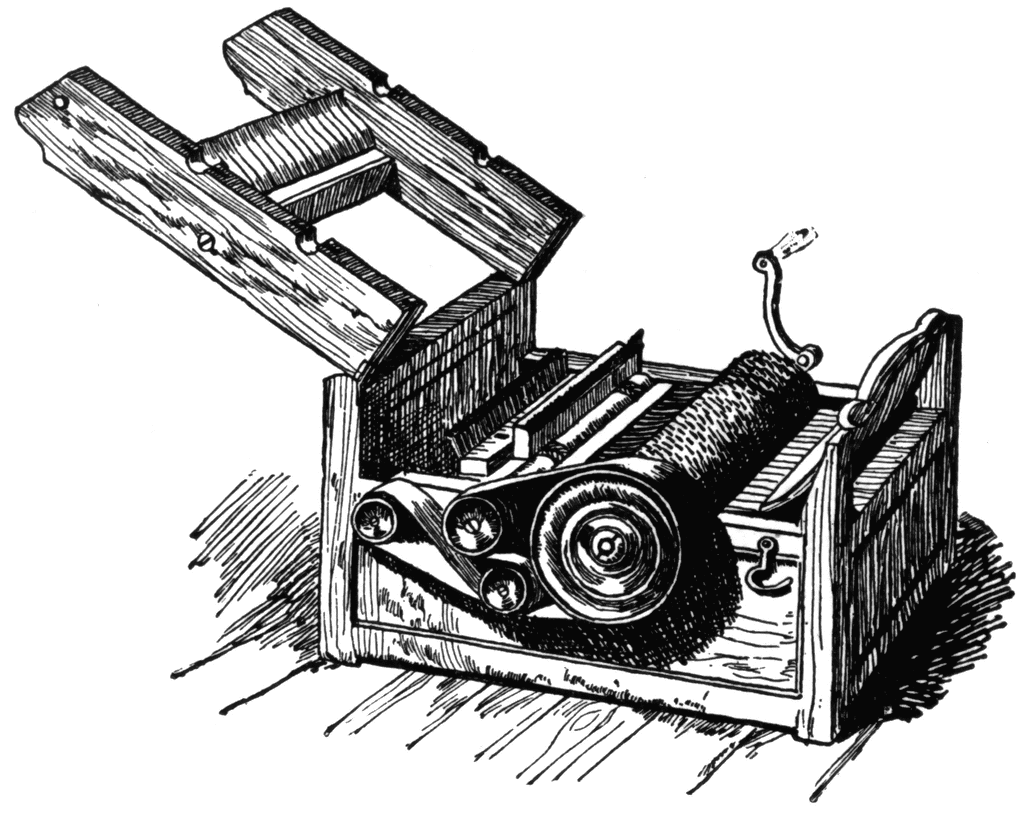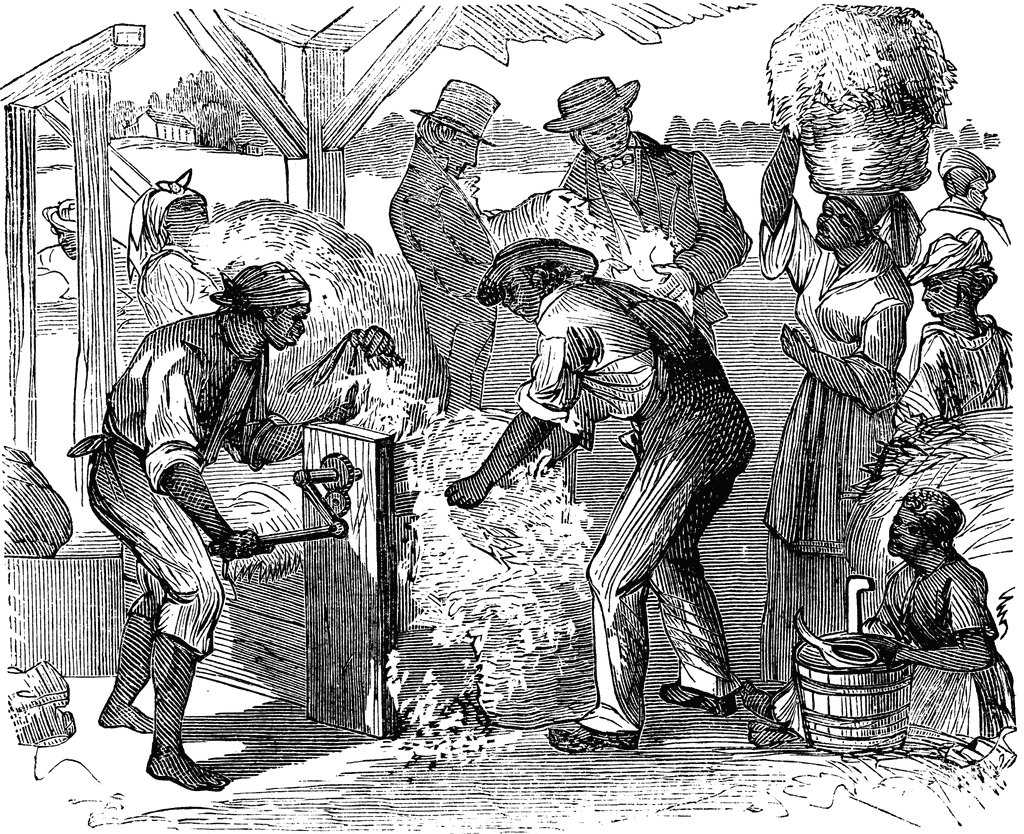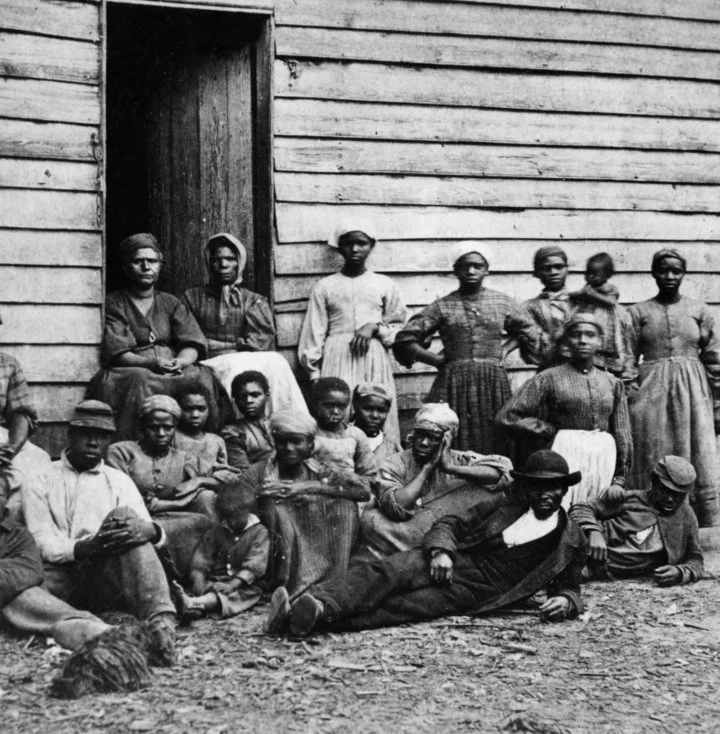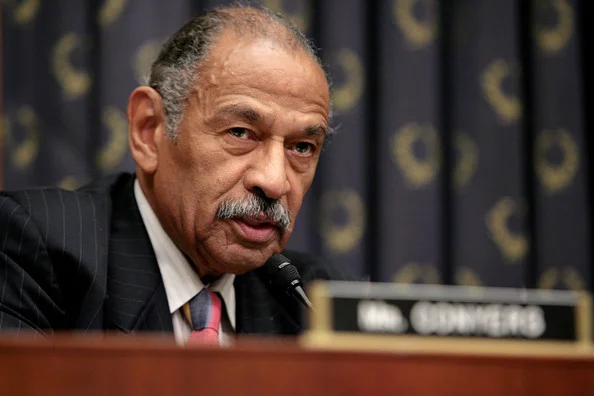



1619 is said to be the year that the first African slaves arrived in Virginia. The first 19 or so Africans to reach the English Colonies arrived in Jamestown, Virginia brought by Dutch traders who had seized them from a captured Spanish slaves ship. The Spanish usually baptized slaves in Africa before embarking them. A deeper look into the "beginning" of slavery in America brings us to reports that hundreds of thousands of slaves had been brought to America against their will as early as 1526.




In 1793, Eli Whitney's invention of the cotton gin greatly increased the demand for slave labor. A cotton gin is a machine that quickly and easily seprated cotton fibers from their seeds, enabling much greater productivity than manual separation. With a more efficient method of separating cotton, more slaves were needed to pick the cotton to keep up with demand.


Nat Turner, an enslaved African American preacher, led the most significant slave uprising in American history. He and his band of followers launched a short, bloody, rebellion in Southampton County, Virginia. The militia quelled the rebellion, and Turner was eventually hanged. As a consequence, Virginia instituted much stricter slave laws.




Harriet Tubman escaped from slavery and became one of the most effective and celebrated leaders of the Underground Railroad. She became a leading abolitionist and led hundreds of enslaved people to freedom along the route of the Underground Railroad. After the Civil War ended, Tubman dedicated her life to helping impoverished former slaves and the elderly. In honor of her life and by popular demand, in 2016, the U.S. Treasury Department announced that Harriet Tubman would replace Andrew Jackson on the center of a new $20 bill. We're still waiting to see one.

“I was the conductor of the Underground Railroad for eight years, and I can say what most conductors can’t say — I never ran my train off the track and I never lost a passenger. ”




Harriet Beecher Stowe’s novel, Uncle Tom’s Cabin, is published and becomes one of the most influential works to stir anti-slavery sentiments.


The last slave ship to unload illegally on U.S. territory is CLOTILDA.


The Confederacy is founded when the deep south secedes and the Civil War begins.

Contraband of War
Fugitive slaves, escaped from their “Secessionist” masters, are taken into a “Federal camp” as contraband of war.


The District of Columbia Compensated Emancipation Act was a law that ended slavery in Washington D.C. by paying slave owners to release their slaves. The act was signed by Abraham Lincoln, though he didn’t write it himself. White slave owners getting paid for releasing their slaves wasn’t an act of human compassion; it was yet another business transaction involving slaves they still saw as objects.


President Lincoln issues the Emancipation Proclamation, declaring that “all persons held as slaves” in the Confederate states “are and henceforward shall be free.”



The Civil War ends and Lincoln is assassinated. The Thirteenth Amendment abolishes slavery throughout the United States. On June 19th, slavery effective ended when 250,000 slaves in Texas finally received the news that the war had ended, two months earlier.

“[T]housands of slaves were not made aware of freedom until June 19, 1865, when Union Gen. Gordon Granger arrived in Galveston and issued an order officially freeing them. Their celebration would serve as the basis of June 19 — or Juneteenth — a holiday celebrating emancipation in the US .”


Cudjo Lewis, the last survivor of The Last Slave Ship Clotilda, and last surviving African slave imported to the United States, dies in Mobile, Alabama.

“All these words from the seller, but not one word from the sold. The Kings and Captains whose words moved ships. But not one word from the cargo. The thoughts of the “black ivory,” the “coin of Africa,” had no market value. Africa’s ambassadors to the New World have come and worked and died, and left their spoor, but no recorded thought.”


Within the political sphere, only one major bill demanding slavery reparations has been proposed, the “Commission to Study Reparation Proposals for African Americans Act,” which former Rep. John Conyers Jr. (D-Mich.) proposed unsuccessfully to the United States Congress every year from 1989 until his resignation in 2017.
In 2014, prominent American journalist Ta-Nehisi Coates published an article titled, “The Case for Reparations,” which discussed the continued effects of slavery and Jim Crow laws and made renewed demands for reparations. Coates makes reference to Rep. John Conyers Jr.’s aforementioned H.R.40 Bill, pointing out that Congress’s failure to pass this bill expresses a lack of willingness to right their past wrongs.

Representative John Conyers Jr.

Ta-Nehisi Coates
